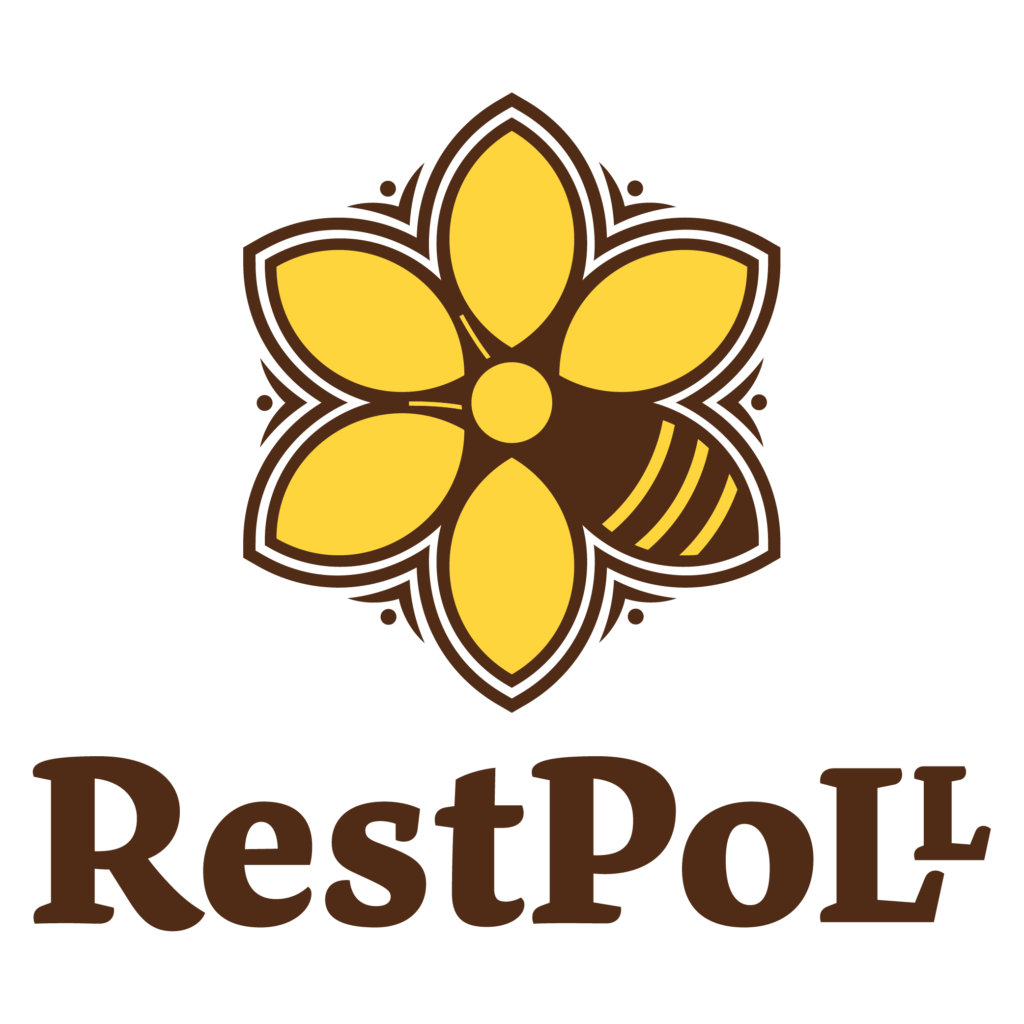For a masterclass on how to set up a scientific study, we head to Hungary. In beautiful South-Heves county, coordinator Sándor Piross and colleagues are hard at work. They are comparing the availability of pollinators and their flowery companions both in and around cereal or alfalfa fields.
Sándor is an ecologist with a strong background in conservation science and pollinator research. To him, RestPoll offers a fantastic opportunity to coordinate pollinator conservation across the continent. The project also brings him back to the lands where he started his career in field research.

5 * 5 = 25
The case study area (CSA) in Hungary consists of a neat 5 by 5 system. It contains 5 groups, all with 5 different sites. Each group has Living Lab sites, implementation sites, reference habitats, internal and external control sites. The study aims to observe how pollinators benefit from different measures.
Work takes place within the Centre for Ecological Research (CER) of the Hungarian Research Network (HUN-REN). The sites are all found within the Bükk National Park Directorate (BNPD). This site is both natural reserve and farming land, presenting a difference of interests.
Forward-looking farming
In Eastern Europe, arable land farming is dominant in many regions. In these cases, farmers often see little benefit from wild pollinators and tend to rely on managed honey bee populations for pollination services. The BNPD therefore reached out to local farmers for study sites. Their involvement is crucial, as the success of the study would be impossible without their participation.
The team started monitoring pollinators in mid-April and has now finished their fourth round by mid-July. They also conducted their botanical survey in early May. These surveys took place not only within cereal and alfalfa fields or sown flower strips, but also along the field edges.
Survey results
The team is currently processing the findings. Provisionally, Sándor has the impression that field edges are notably rich in flowers, even when next to conventionally farmed fields. The surrounding grasslands, considered to be the most natural habitats in the area, proved to be quite poor in flowers.
The implication is that all arable fields could be important feeding or nesting sites of local pollinators. This could even be true of conventionally managed fields that do not use pollinator-friendly practices. The team is now delving into the detailed data to understand the full scope of pollinator communities.
Behind the scenes
Check out the photos below (all by Imre Sándor Piross) to get an impression of the survey rounds.

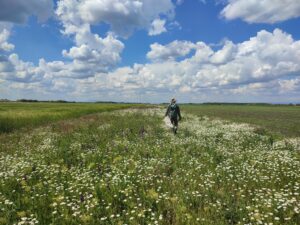
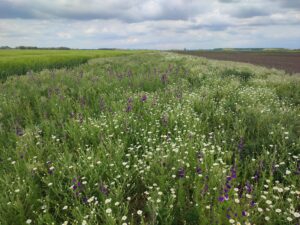
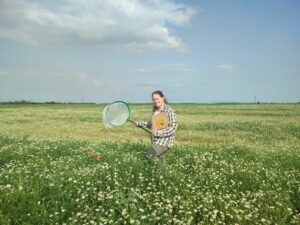

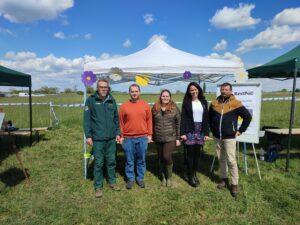
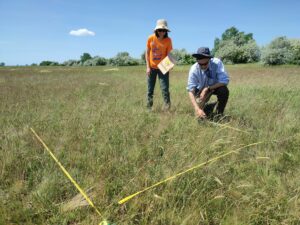
What’s next?
Sándor and his colleagues eagerly await the detailed taxonomic data to understand the diversity of pollinator communities in the differently managed areas. This way, they hope to figure out what species and groups can flourish in the different environments. In addition, they can determine how to support the largest and richest communities.

